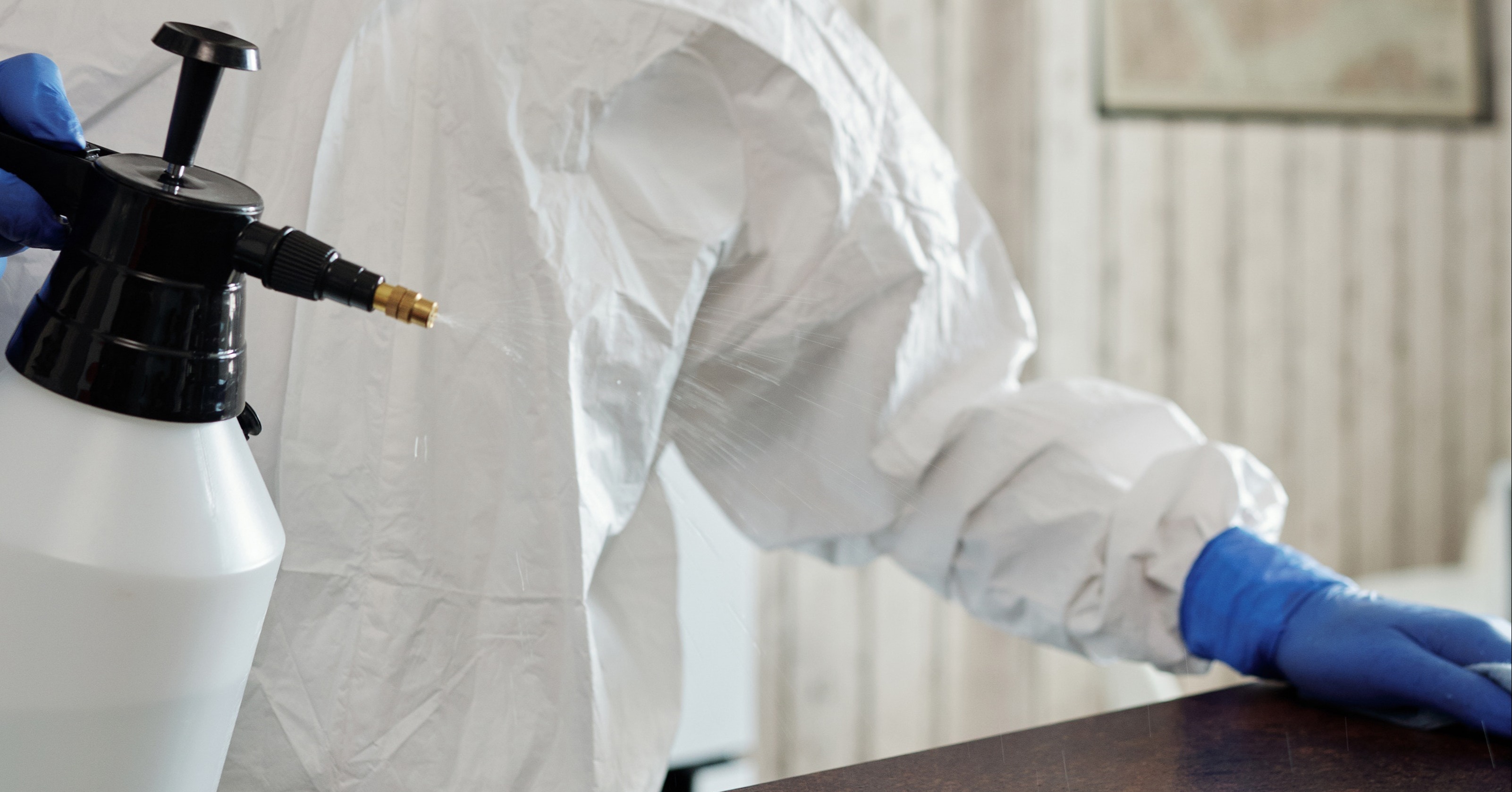Maintaining a clean environment is one of the most important things we can do when it comes to keeping ourselves safe from disease. If you are a cleanroom manager, or if you work in a densely populated environment (like an office building) or in a critical environment (like a pharmacy or a data center), then you already understand the crucial importance of cleaning protocols. Today, the realities of the COVID-19 pandemic have made us all understand the limitations of our normal cleaning and disinfecting procedures.
That’s why many businesses and workplaces are incorporating fogging solutions into their normal cleaning and disinfecting protocols. Fogging is one of the most effective ways to thoroughly clean a high-risk environment. If you’re not sure how fogging works, don’t worry – we’ve put together this brief guide to teach you everything you need to know. Read on to learn more.
Why Is Fogging Important?
Traditional cleaning and disinfecting routines only cover high-touch surfaces, like tabletops, light switches, and doorknobs. However, this doesn’t eliminate all of the micro-organisms that may live in your office, your school, or your data center. Fogging, on the other hand, can wipe out even the microbes that may be lurking in hard-to-reach places in your environment.
Does Fogging Kill the Coronavirus?
Fogging uses a chemical spray which is composed of hydrogen peroxide molecules. A room sanitization machine then disperses those hydrogen peroxide molecules throughout a space. The CDC has confirmed that hydrogen peroxide is highly effective against viruses, bacteria, and fungi, and that it also appears to work as an effective sterilizing agent. CDC guidelines should always be closely followed when disinfecting a space, especially in light of the COVID-19 pandemic.
 How Does Fogging Work?
How Does Fogging Work?
As the name implies, disinfectant fogging works by turning powerful chemicals (hydrogen peroxide, or H2O2) into a thick fog, which is dispersed by a room sanitizing machine. The disinfectant fog can fill up an environment and settle into every nook and cranny of every room.
That powerful disinfectant fog will then kill viruses, germs, and fungi – not just on your desks and your doorknobs, but in between computer keys, behind cabinets, in between floor tiles, and in every other out-of-the-way spot that might be overlooked during a conventional cleaning routine.
What Is Vapor Fogging?
Conventional fogging, or vapor fogging, starts with a liquid hydrogen peroxide solution which then gets converted to a vapor. The hydrogen peroxide fogger distributes that vapor throughout the space being cleaned, and as the vapor spreads throughout the room, it creates a dense fog which will cling to any surface that it comes into contact with.
What Is Dry Mist Fogging?
Dry mist fogging, also known as dry fogging, uses a mix of liquid disinfectant and compressed air in order to sterilize your space. The resulting fog consists of ultrafine droplets, which evaporate more quickly, leaving less residue than conventional fogging.
Final Thoughts
Fogging is one of the best methods available for Cleanroom Cleaning and other environments that need to maintain sterile conditions. Fogging has clear uses in pharmacies and data centers, for example. However, fogging has potential uses beyond the environments in which it’s traditionally been used. Classrooms and universities, for example, may benefit from disinfectant fogging, especially as more spaces open up again to the public.
Learn more about how Pegasus can use disinfectant fogging to professionally clean and sterilize your space and get a free quote. Our friendly, helpful staff is standing by to answer your questions.






